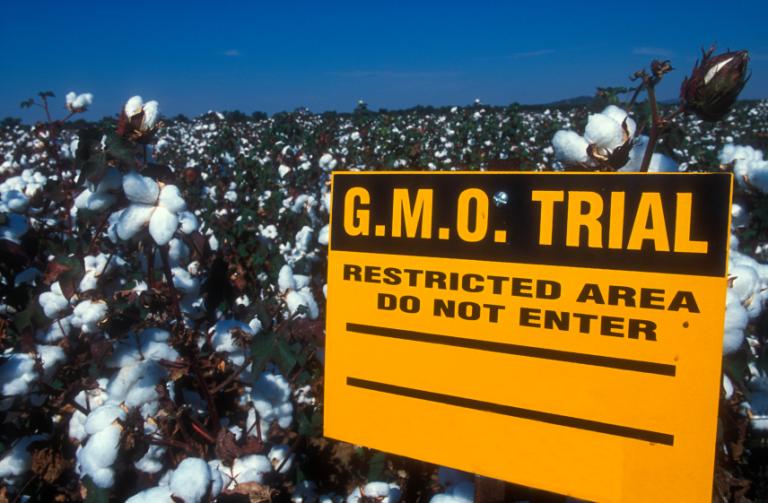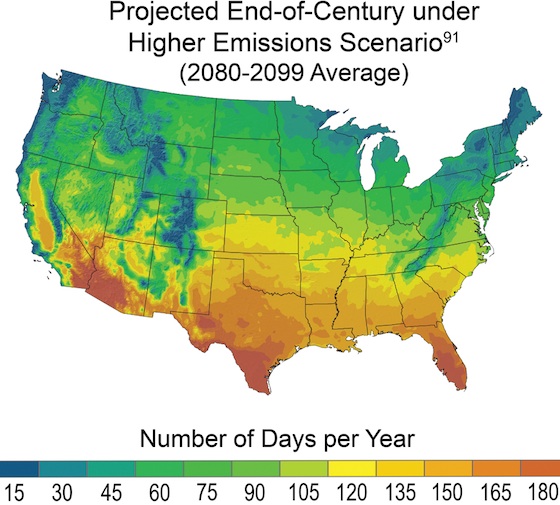A New York Times article about the current drought in the South compares it to a record-setting dry spell 60 years ago:
Climatologists say the great drought of 2011 is starting to look a lot like the one that hit the nation in the early to mid-1950s. That, too, dried a broad part of the southern tier of states into leather and remains a record breaker.
But this time, things are different in the drought belt. With states and towns short on cash and unemployment still high, the stress on the land and the people who rely on it for a living is being amplified by political and economic forces, state and local officials say. As a result, this drought is likely to have the cultural impact of the great 1930s drought, which hammered an already weakened nation.
But it's not just the economy that's worse now than it was in the 1950s. Water usage is also way, way up. This drought rivals the record-setting 1950s drought — it's already breaking records in some states — but it comes at a time when the population is double what it was in 1950, and total water use is more than twice as high.
The graph above, from the U.S. Geological Survey, shows public-supply water use in 1950. The one below is from the same report in 2005. The highest-demand areas are now using 2,000 to 7,000 million gallons a day, instead of 1,000.
Other types of water use — irrigation, livestock, etc. — show a similar trajectory.
The result of all of this will probably be food shortages and higher food prices, as the drought gut-punches agriculture. Hey, what do you know — that's a worse problem when the population is higher, too.




